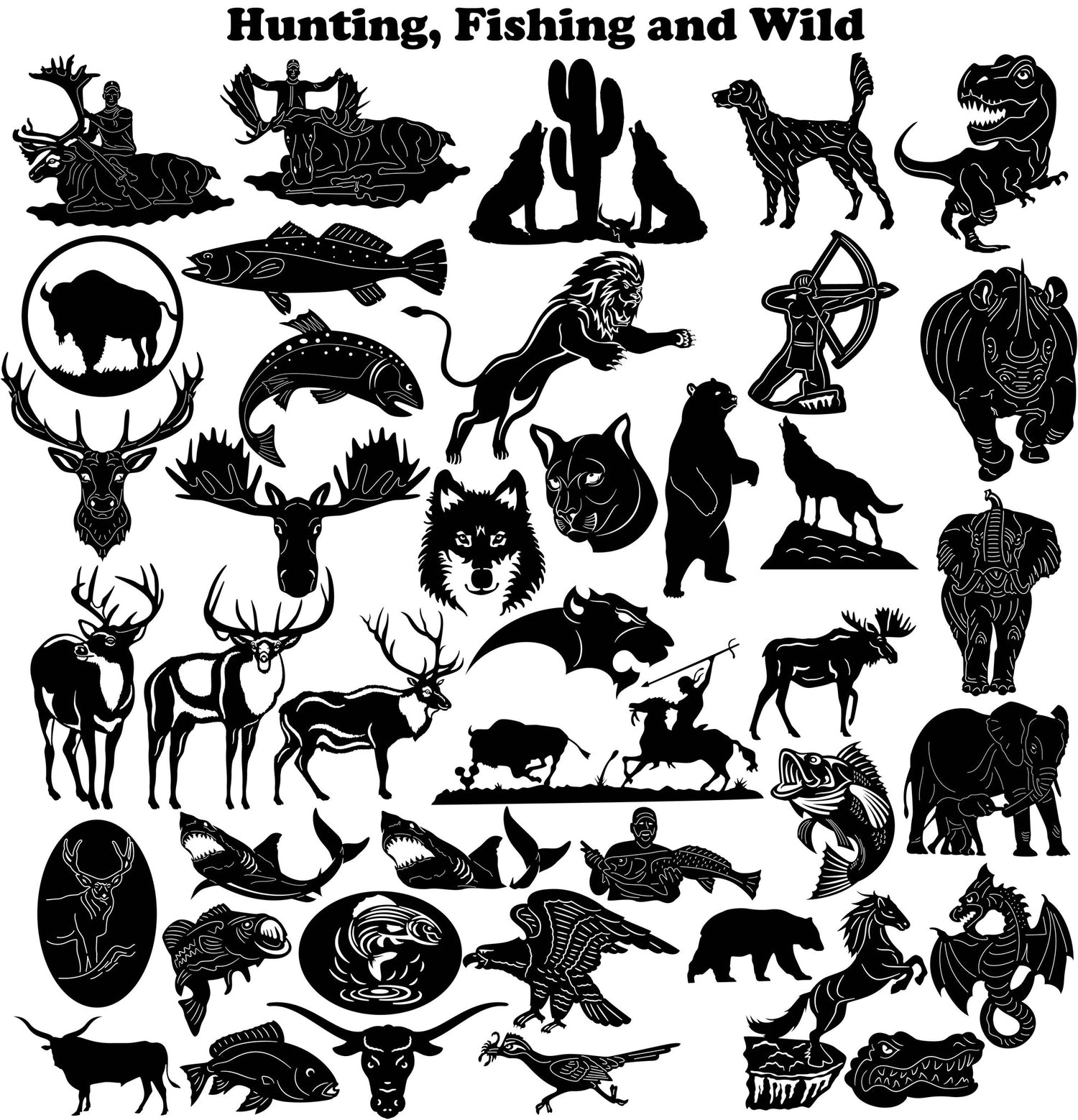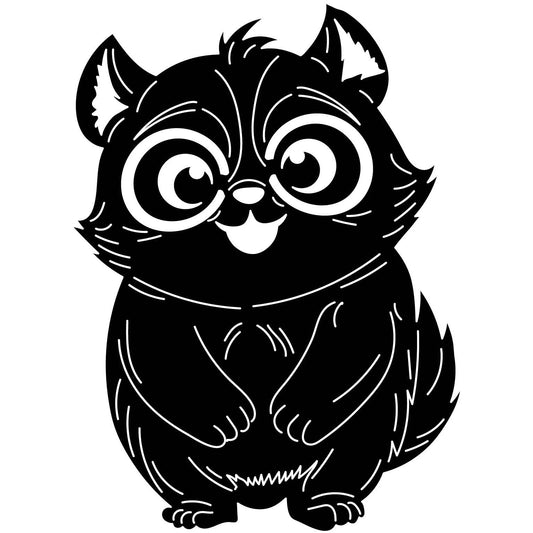Programming CNC plasma and laser cutting.
When programming a CNC (computer numeric control) plasma and laser cutting machine, there are many factors that affect how the machine cuts and the quality of the finished part. In this article, you will learn how to program properly by understanding programming techniques and conditions. This includes understanding your machines supporting slats, programming strategic tabs, and pierce/lead in conditions.
Programming CNC Plasma and Laser Considering Support Slats.
When programming there are many factors and obstacles to consider for CNC cutting. If not programmed correctly or obstacles not accounted for, you not only will make bad parts but also will damage your CNC plasma or laser cutting machine. A single mistake can cause a whole sheet to be scraped or your machine to be repaired.
When programming a single part on a sheet, you must first think where on your sheet you will burn the part. On most machines, there are slats that span the table. These slats are used to hold the sheet up and allows the cutting source to pierce through the material and disperses off around the slat or in the gap of the slats. Slats will need to be replaced because slag will build upon them from heavy use or cutting that occurs in the same area. So, when picking where on the sheet you will burn the part, you will need to consider where the slats are and how far apart they span from one another. The reasoning is because of tipping.
If the part is big there is no reason to worry about the position. The reason is that the part will be properly supported all around from the slats. However, if the parts are small your raw sheet is supported, but once the small part is cut out it may fall through. Not only may it fall through but it could tip up and when your cutting head moves past, it can collide and cause massive damage. To avoid this, you can cut the part out on a position or orientation that properly supports the part on one or preferably two slats or use tabs.
Programming CNC Plasma and Laser Considering Tabbing.
Tabs, also called micro joints are used to secure the part to the sheet via small fingers of metal. You can achieve this in two ways. As you cut around the perimeter of the part you can stop the cut whatever distance early to allow a solid tab to be left. For example, if I cut a one-inch hole out of 0.125” steel, I would program the part to stop about 0.020” short of completing the one-inch hole. This allows 0.020” of material to hold up that one-inch hole. This is plenty enough to hold up the weight. However, if the feature cut out gets bigger or heavier due to size or material thickness, the tab will need to be thicker to support the added weight.
Be sure to tab accordingly. If the tab is too skinny the part will break out due to the assisted air of the cutting machine. If too heavy you won’t be able to break the part out. The other way to create a tab is a reentry. This occurs when you're cutting and you stop the cut slide over the desired tab distances and continue the cut. This is the least desirable way to create a tab because it requires another pierce because your picking up and moving down which requires a pierce to begin cutting again. However, when burring out parts most times you will have to put two tabs on the parts, so it doesn’t tip. Thus, you utilize both tactics to achieve proper support of the part.
Tabs sound like a nice way to always keep a part secure. However, over tabbing has its drawbacks and should only be used if needed. The reasoning is due to dross and tab residue. When you finished burning a part with tabs you must then break it free. This is why you do not want to make the tab too thick or you will have to use a hammer to break them out. When you break it out a bit of the tab will be left over on the raw sheet and the part. When you run your finger down the edge of the part there will be a bump where the tab is. You will need to file it off or grind it off along with the dross.
When running heavy small parts thick tabs will be needed. Thus, you most likely will be grinding, and no one enjoys grinding. To combat this, you can use proper part placement and skip the tabs or use strategic tabs and keep the number of tabs down or their thickness. A trick to have clean finished parts is to over tab if the part can safely rest on the slats when cutting out. An over tab is when you program your cut to continue to cut past its final destination by a few thousandths of an inch. This guarantees the part is fully cut away from the raw sheet and takes off any burr that would be left from the lead in.
Programming CNC Plasma and Laser Considering Piercing and Lead-Ins.
When cutting out a part you must first program a pierce and lead in. The pierce penetrates the raw sheet, that then allows the beam to start cutting on its desired path. The piercing is a higher intensity that is trying to penetrate the metal. This requires changing conditions as the sheet gets thinner and thinner. This will cause a bigger hole than the actual cutting beam width.
Additionally, from the pierce, molten material will splatter and cause dross. Because of this, you want to make sure your piercing is on the correct edge side (male part or female part) and far enough away from your edge of where you will be cutting. You cannot pierce on your edge and start cutting. You will have a divot in your part from where the pierce was because the pierce is thicker than your cutting beam. So, if the piercing is on the cut edge, it will leave a divot. Thus, you need a lead in.
A lead-in is a path your cutting beam takes from the piercing to the edge of the desired cut. This allows for the piercing to be away from the edge and a smooth transition from the pierce into the desired path of cut. Lead-ins come in all types and styles. For example, you can have a straight lead-in, which the lead in is perpendicular to the cut. Another type and my favorite is the hook. This starts perpendicular but then follows a given radius that then gradually leads into the cutting edge, like an exponential curve approaching an axis on a graph.
In my experience, this is the most practical lead in and has the best outcome as compared to all the other types of lead-ins you can program at your cnc plasma or laser cutting. However, with practice and foresight, you will have to determine which type is best for each application. Not only do you need to determine which type of lead in to use, but you also need to determine the lead-in length. For example, if you are burning 0.250” steel, your piercing is going to be big due to your machine trying to pierce all of that material. So, your lead-in will need to be far away.
As a rule of thumb and depending on your machine I like to keep the lead in at least material thickness away for heavier material and no less than 0.062” for thinner material. This will vary on material type and machine so be sure to use what works best for your set up. Not only do you need to worry about the characteristics of a piercing but also the location. Simply, if you want the male part you put the piercing on the female side and if you want the female part you put it on the male side. This way you don’t have a hole and slag on your desired part. Additionally, when placing a lead in it is good practice to place it so it's not right over a slat and leads into a straight cut when possible. This keeps slag build up down on your slats from the pierce and tends to leave a better cut when finishing the cut on a straight path.

All Entire DXF Files Packages (Bundle) Full Access
Conclusion.
When programming your CNC plasma and laser cutting machine there are many factors that go into making quality parts. A big factor in this is your programming skills. There is not a set procedure on what to do in every circumstance and most times requires forethought and experience. You will have to know when to tab, what type of lead in to use and how/where to pierce on the sheet. From reading this article you should have a head start on how to program efficiently and combat obstacles you might face when programming difficult parts. Skills come with practice and through practice, you will be able to perfect your craft and be able to produce quality parts and stop costly mistakes from ever occurring.
Nicholas Kinney,
Nicholas is employed at Diamond Manufacturing Company as a mechanical engineer. His responsibilities/experience include the CNC programming of their turrets and fiber laser. Outside of work, he enjoys machining, plasma cutting and working on his invention of an electromechanical anti-jackknifing system for tractor trailers.






3 comments
Hello
Thanks for sharing the great information. I read this blog and must say the information that you shared in this blog is really very useful. Please post more blog related to “Top CNC Plasma Cutting Service in Canada”
Thank You.
Hello
Thanks for sharing the great information. I read this blog and must say the information that you shared in this blog is really very useful. Please post more blog related to Custom CNC Plasma Cutting In Canada.
Thank You.
I think that this article is very good. ESA HMI ERGO122 Thanks the author for sharing!